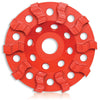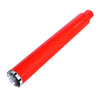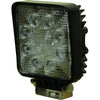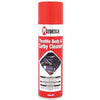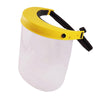
Wearing hearing protection can mean the difference between enjoying the great sounds of everyday life and a lifetime of not hearing a thing at all. For those working with heavy machinery or construction industry, they are more exposed to potentially hazardous environmental noises. Therefore, it is important that workers who are exposed to high noise level should wear an earmuff to reduce the noise level.
Let’s take a look at the factors you should consider when selecting the correct ear muff for the job.
Determining Your Noise Level
The maximum level of noise to which a worker may be exposed, whether or not they are wearing a hearing protector, is specified in the Health and Safety in Employment Regulations 1995. Ear protection comes in different classes. The class of hearing protection to use will depend on the noise level in your work. The higher the noise level, the higher the class of the hearing protection. It’s important that your workers wear the correct class of hearing protection because it is specially designed to protect workers from specific levels of noise.
In general, workers should wear a hearing protector if the noise or sound level at the workplace exceeds 85 decibels (A-weighted) or dBA. Hearing protectors reduce the noise exposure level and the risk of hearing loss.
Choose the Correct Ear Muff Style

Earmuffs, in their simplest form, have been used for many years. In the past, they were deemed effective in providing hearing protection in high noise environments. Nowadays, ear muffs take hearing protection to a much higher level, providing protection, while improving communication capability, and allowing increased awareness of the workplace environment.
If you’re required to wear ear protection in your workplace then selecting top Class 5 ear muff is the way to go.


































